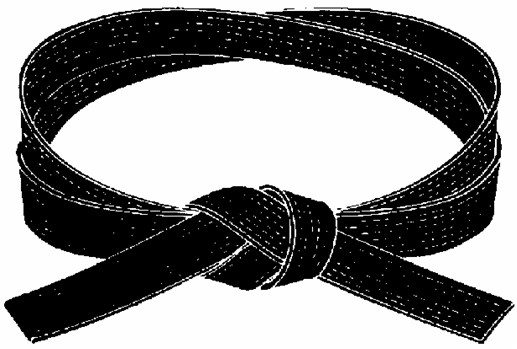Shikaku (Eligibility Requirements)
To be eligible to test for sandan, a candidate must meet all of the eligibility requirements listed below:
| n | A minimum of forty-eight (48) months training in Shimabukuro-ha Shitō-Ryū karate-dō since promotion to yondan | |
| n | A minimum age of 30 years** | |
| n | Participate in a minimum of four hundred (400) one-hour karate training classes since promotion to yondan. |
| n | Consistently exhibit satisfactory attitude and behaviour outside the dōjō | |
| n | Consistently exhibit appropriate attitude and behaviour in the dōjō | |
| n | Submit a written request for promotion testing on the prescribed form | |
| ** | Students holding ranks of godan (5th degree black belt) and higher are expected to hold teaching licenses (menkyō), and are eligible to be awarded the title of Renshi. They are also expected to serve in positions of responsibility both in and out of the dōjō. Instruction in classical budō involves not just the physical skills and knowledge of budō, but the application of budō principles to daily life. A godan must therefore possess the requisite personal maturity and experience to credibly teach and advise mature adults in complex matters of career, family life, and civic or social responsibility. |
>back to top


